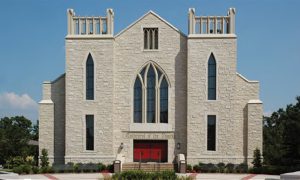Facts You Need to Know About Crawl Space Vents
Surprisingly, open vents in crawl spaces can cause more harm than good. Throughout the years, the building codes have changed. There are local building codes so check your area for specific requirements.
If you have crawl space vents, then covering them is a good idea. If you are building a new home, then leave the vents out for your crawl space. Nature tries to balance and reach equilibrium on its own. Nature does this by temperature differentials. The national average soil temp is 55 degrees, meaning it will keep your crawl space cool in the summer and warm in the winter. Humidity differentials also work in a crawl space’s favor. The humid outside air hits the drying air found in the crawl space and is exchanged and the moisture is driven out.
There are several benefits of having a vent-free crawl space. There will be lower humidity leading to less mildew, mold and odors which will help have better indoor air quality. Also, the temperatures will be leveled due to the air temps competing which will result in better energy efficiency. It is important though to add a quality crawl space vapor barrier liner.
Radon gas can be a concern but the barrier liner will help with this. The radon mitigation industry doesn’t rely on open foundation vents in hopes that enough air is exchanged to reduce radon levels safely. Rather, radon mitigation standards from AARST (American Association of Radon Scientists and Technologists) prescribe a controlled and predictable approach for new and existing crawl spaces.
The secret is to treat the crawl space like the rest of your home. Like your home, you want to seal the outside and keep it out. Remember having a non-vented crawlspace has its benefits.

